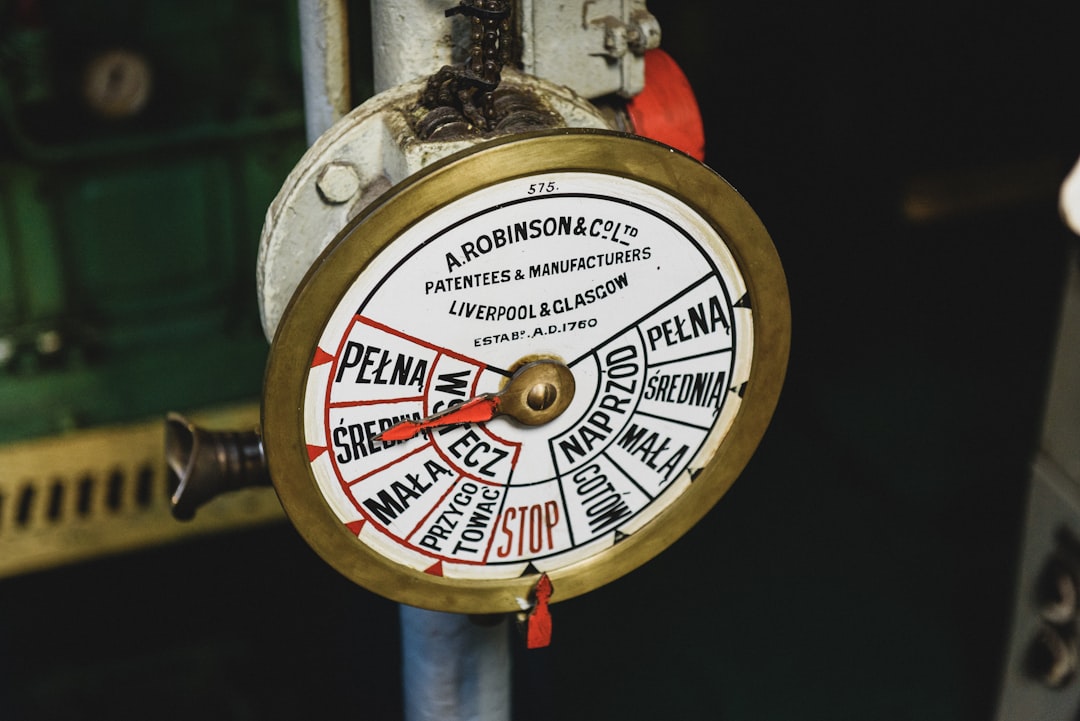High-pressure pipelines are critical components in various industries, from oil and gas to chemical processing and power generation. The potential consequences of failure are catastrophic, involving significant environmental damage, property loss, and even fatalities. Therefore, ensuring the safety of high-pressure piping systems is paramount. This comprehensive guide delves into the key aspects of high-pressure pipe safety, providing essential information for professionals and anyone involved in handling these systems.
1. Material Selection: The Foundation of High-Pressure Pipe Safety
The choice of pipe material is the cornerstone of a safe high-pressure system. The material must possess the necessary strength, durability, and resistance to corrosion and fatigue to withstand the operating pressure and environmental conditions. Common materials include carbon steel, stainless steel, and various alloys, each with its own strengths and weaknesses. Carbon steel is widely used due to its strength and cost-effectiveness, but it’s susceptible to corrosion. Stainless steel offers superior corrosion resistance, while specialized alloys are employed for extremely high pressures or corrosive environments. The selection process involves careful consideration of factors such as the operating pressure, temperature, fluid being transported, and the surrounding environment. Detailed material specifications and industry standards (like ASME B31.1, B31.3, and B31.4) must be rigorously followed to ensure compliance and safety.
2. Proper Installation: Minimizing Risks from the Start
Correct installation is crucial for preventing leaks and failures. Improper installation can introduce stress concentrations, weakening the pipe and increasing the risk of rupture. This stage requires skilled technicians with expertise in welding, bending, and pipe fitting. Welding procedures must adhere to strict codes and standards, with thorough inspection and testing to ensure weld integrity. Proper support structures are essential to prevent sagging and stress on the pipes. Accurate alignment is critical, especially in complex piping systems. Regular quality control checks throughout the installation process are vital to identify and rectify any defects early on. Documentation of the entire installation process, including material certifications and inspection reports, is essential for future reference and auditing.
3. Regular Inspection and Maintenance: Proactive Safety Measures
Regular inspection and maintenance are vital for identifying potential problems before they escalate into catastrophic failures. This involves visual inspections to detect corrosion, erosion, leaks, and damage. Non-destructive testing (NDT) methods, such as ultrasonic testing (UT), radiographic testing (RT), and magnetic particle testing (MT), are employed to detect internal flaws and weaknesses. The frequency of inspections depends on factors such as the operating pressure, material type, and environmental conditions. A comprehensive maintenance program should include cleaning, lubrication, and repair of damaged components. Regular pressure testing is crucial to verify the system’s integrity and ensure it can withstand the operating pressure. Detailed records of all inspections and maintenance activities should be meticulously maintained.
4. Pressure Testing and Safety Valves: Ensuring System Integrity
Pressure testing is a critical step in verifying the integrity of high-pressure piping systems. This involves subjecting the system to a pressure significantly higher than the operating pressure to identify any weaknesses or leaks. The testing procedure must adhere to strict safety protocols, with personnel trained in handling high-pressure systems. Safety valves are essential components that automatically release pressure if it exceeds a predetermined level, preventing catastrophic failures. These valves must be regularly inspected and tested to ensure they function correctly. Proper sizing and selection of safety valves are crucial to ensure they can handle the expected pressure surges. Regular calibration and maintenance are essential to guarantee their reliability.
5. Emergency Procedures and Response: Preparedness for Unexpected Events
Despite all precautions, accidents can still occur. Having well-defined emergency procedures is crucial for minimizing the impact of a high-pressure pipe failure. This includes establishing clear communication protocols, evacuation plans, and emergency response teams. Personnel must be trained in emergency response procedures, including shutting down the system, containing leaks, and providing first aid. Emergency response equipment, such as shut-off valves, leak detection systems, and personal protective equipment (PPE), must be readily available and in good working order. Regular drills and simulations are essential to ensure personnel are adequately prepared to handle emergency situations effectively. Post-incident investigations are crucial to identify the root cause of any failures and implement corrective actions to prevent future incidents.
Adhering to these guidelines and maintaining a culture of safety is paramount in handling high-pressure piping systems. Neglecting any aspect can lead to severe consequences. By prioritizing safety at every stage, from material selection to emergency response, industries can significantly reduce the risks associated with high-pressure pipelines and maintain a safe and productive working environment.
Tags: high-pressure pipe safety, pipe safety, pressure pipe, industrial safety, pipeline safety




